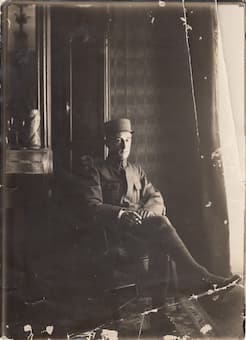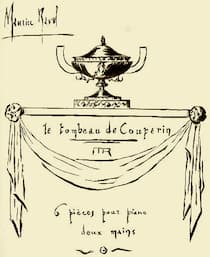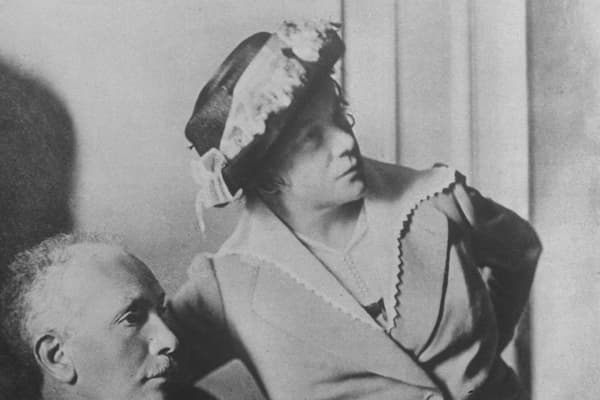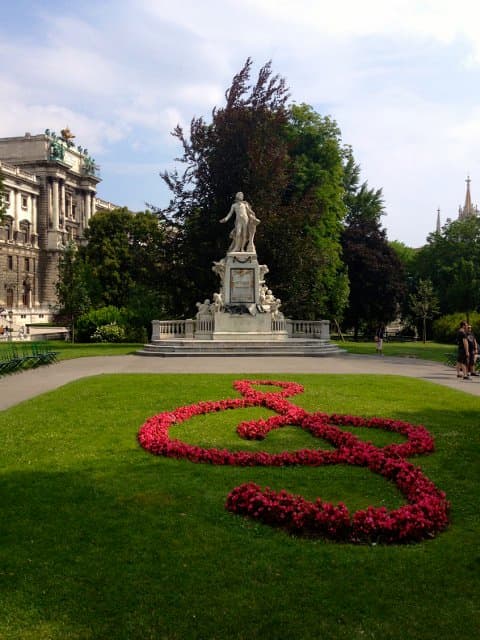
Ravel during the First World War
© Brian Scott MacKenzie
Nestled somewhere in Ravel’s output there resides a curious set of piano pieces, entitled Le Tombeau de Couperin – literally, Couperin’s Tomb.
The set of six piano pieces were composed between 1914 and 1917; four of the six then went on to be orchestrated and enjoy frequent outings on the concert platform. Each movement is a homage to a friend that Ravel lost in the First World War, and the overarching character of all six pieces is light, fresh and playful. So the question is: why are these pieces, named after a tomb and about the death of close friends, so… jolly?
The first thing to clear up is that the title of the set, Tombeau, is meant here in a sense of tribute rather than mourning. It’s easy to think of a tomb as something solemn or foreboding, but Ravel takes the opportunity to pay a stylistic as well as a personal tribute: he aimed to capture the essence of his departed friends through the lens of a baroque sound world. The titles of the pieces are all baroque – Prelude, Fugue, Forlane, Rigaudon, Menuet, Toccata – and so Ravel is paying tribute to a more general musical style as well as to the memory of his departed friends.

Cover of the first printed edition designed by
Ravel himself © Wikipedia
Away from the tomb, the piece is quintessentially Ravel – delicate shifting harmonies, crystal clear textures underpinned by real style and emotion. There is no sense of rumination, of darkness or foreboding, things you might expect for a piece about personal loss during a war, but in this work Ravel explores light and optimism rather than dwelling on the past. These pieces definitely look up to the sky rather than stand by a graveside with their heads hung low. When asked about the piece, Ravel reportedly said “The dead are sad enough, in their eternal silence,” perhaps suggesting that he was choosing to celebrate the lives of those he loved rather than wallow in their absence.
Stylistically, the music is far from a simple pastiche. In true Ravel style, he assimilates the baroque idiom and transforms it into his own language, something fresh, crisp and direct – but never without the feeling underneath. One of my favourite moments is in the Forlane, where little clashes (almost suspensions, but not quite) twinkle against each other before entering a strange harmonic cadence that only Ravel could come up with. You can hear this especially in the orchestral version, where each dissonance is brought out by the winds gently nudging against each other.

The house in Lyons-la-Forêt where Ravel composed Le Tombeau de Couperin
© Wikipedia
Coming in at about 25 minutes, Le Tombeau de Couperin comprises six little jewels of piano music, and appears on the surface to be a contradiction, a reminiscence of lost friends through joyful music. It is this juxtaposition, however, that gives the piece its sense of meaning: of course, there are moments where the music turns inwards and reflects, but the lightness of the piece belies a heartfelt tribute not only to Ravel’s absent friends, but to a historical genre of music, and both are done with a twinkle in the eye.
For more of the best in classical music, sign up to our E-Newsletter





I appreciate your explanations on the development of this piece of music as well as its reflection on a person as well as a genre of old. I believe Ravel was a master in articulation of emotion in his melodic phrasing. The aesthetic presented is what has attracted me to Ravel’s work symphonic as well as solo piano. When the original intent is brought to bear on the production it provides greater veneration. Ravel like many composers of old are worthy of such praise. In a simple phrase ‘ Thank you. Robert Renteria
Hello, I’ve always wondered since I was a child what this COUPERIN’S tomb was about… And I clearly expected music from Couperin… hence my surprise when I listened to it the first time… it was all very strange to me as a child, but I never had the curiosity to find out why it was named like that until tonight.
I ‘ve quickly checked the first French pages appearing on the topic… but Didn’t find them interesting …and I couldn’t find anything substantial until I found your splendid and delicate piece of detailed writing for which I’m grateful to you.
Congratulations
Bgdl